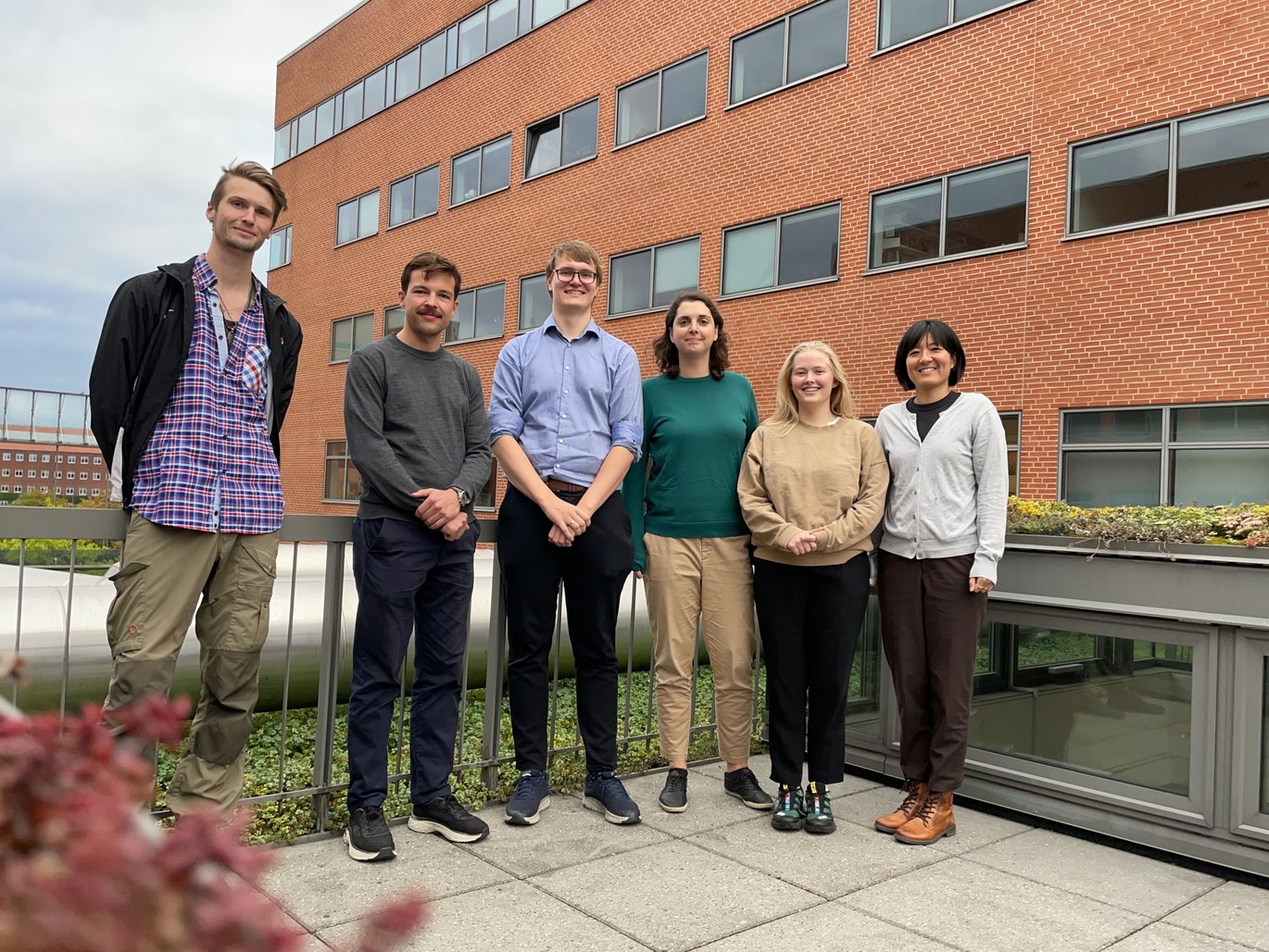You can now get a share in solar cells on AU roofs
A new energy community at AU wants to install solar panels on the roofs of three buildings. Students, staff and residents of Aarhus can get a share of them for approximately DKK 1000. It’s a concrete and relevant way to take part in the green transition, according to an AU student and member of the community.

Since the beginning of 2022, associate professor Marta Victoria and academic staff member Zhe Zhang from the Department of Mechanical Engineering and Production have been working to set up a cooperative energy community at Aarhus University, which will result in solar panels being installed on the roofs of AU buildings.
The project has now had a decisive breakthrough as the association, Universitetets Energifællesskab (the University's Energy Association), was registered by the Danish Business Authority in September. This means that the association can now go ahead with crowdfunding while they try to find a supplier for the first solar panels to be installed in Nobel Park. This is expected to happen next year.
Over 250 shares have already been reserved by employees and students. There are a total of 1000 shares available, and one person cannot own more than five percent, corresponding to 50 shares. Reserving a share costs DKK 100.
The price of a share will be determined once a solar cell supplier is found. Project coordinator Zhe Zhang expects that a share will cost between DKK 900 and 1000.
Universitetets Energifællesskab was founded in August 2023 and approved as an association by the Danish Business Authority in September 2023.
Find the association's website here. You can reserve shares using this link.
The solar panels yield a financial return every year through the electricity they produce. According to the association, it will take between 10 and 20 years for the return to exceed the costs. The solar cells are expected to last for 25 years, meaning that it is possible to receive a small return as a shareholder, but it will take many years. The association emphasises that the solar panels should not be seen as an investment but as an opportunity to own and support renewable energy.
The project involves students and early career researchers
One of the main objectives of the project is that everyone at AU can take part in it. This is also reflected in the composition of the energy community. PhD student Andreas Jacobsen from the Department of Mechanical Engineering and Production is chair of the association. Even though she isn’t on the board, AU medical student Iben Underbjerg is a key player in the association.
23-year-old Iben Underbjerg heard about the project through Zhe Zhang last year and decided to become a part of it because of the potential to influence the green transition.
“The first time I was able to vote in a general election was in 2019. The election was quickly dubbed the climate election. Despite this, there has not been a lot of focus on the green transition since the election. I am part of this project because I can contribute to the green transition as an individual, even as a young student,” says Iben Underbjerg.
She highlights the fact that she can take part in the project at low cost and low risk. Because she is a student at the university, the project is more relevant for her than other projects outside the university.
“The project is very concrete and tangible. And it's simple and low risk. The project also plays a part in my vision for a more climate-friendly and sustainable future. It shows that you can take part in a larger project with few resources. Energy communities are built on the idea of cooperative associations, and I really believe they will play a major role in the green transition in the future,” says Iben Underbjerg.
Supported by the EU
The project is part of the EU-funded Aurora project, where several universities draw on the latest research to create sustainable energy solutions. But the solar cells will remain in place after the project has finished, according to Marta Victoria. She expects that they will last for 20 to 25 years and initially have a capacity of 100 kilowatts.
Marta Victoria and Zhe Zhang both consider this to be a pilot project which will hopefully expand to even more green projects at the university.
Although the hope is that students and employees at the university will get involved in the project, it will also be possible for individuals outside of the university to buy shares in the solar cells.

